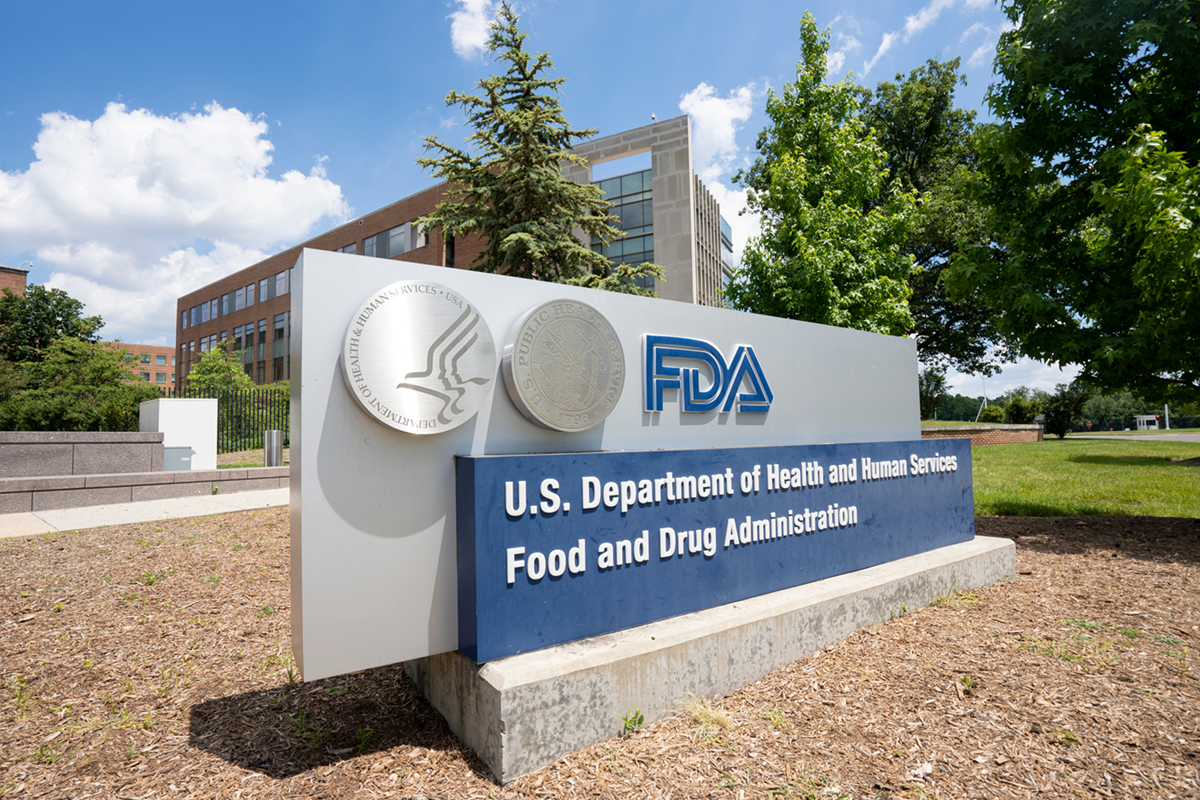In the world of regenerative medicine, clinicians and distributors are increasingly confronted with regulatory language that feels more like legal code than clinical guidance. One of the most important distinctions in the field is between FDA classifications known as 361 products and 351 products. These numbers refer to sections of the Public Health Service (PHS) Act and define how human cells, tissues, and cellular- and tissue-based products (HCT/Ps) are regulated. Understanding this distinction is key to evaluating product compliance, patient safety, and the path to market access.
This article will unpack the criteria, regulatory implications, and clinical significance of 361 versus 351 products, with a focus on how this applies to tissue-derived therapies like amniotic fluid.
The Foundation: 21 CFR Part 1271
The FDA regulates HCT/Ps under 21 CFR Part 1271. This regulation outlines how tissue and cell-based products must be processed, screened, and tracked to ensure safety and prevent the transmission of communicable diseases.
There are two distinct regulatory pathways under this framework:
- Section 361 of the PHS Act – Products that meet specific criteria are regulated solely to prevent disease transmission and are not subject to premarket review.
- Section 351 of the PHS Act – Products that do not meet the 361 criteria are classified as biologic drugs and must undergo full FDA drug approval processes, including an Investigational New Drug (IND) application and a Biologics License Application (BLA).
Criteria for a 361 Product
To be regulated under Section 361, a product must meet the following criteria:
- Minimal Manipulation – The processing of the tissue must not alter its original characteristics relevant to its utility for reconstruction, repair, or replacement.
- Homologous Use – The product must be intended for the same basic function in the recipient as in the donor.
- No Combination with Other Substances – The product must not be combined with drugs or devices, unless the combination does not raise new safety concerns.
- Systemic Effect Limitation – The product must not rely on the metabolic activity of living cells for its primary function unless it is autologous, used in a first- or second-degree relative, or for reproductive use.
If any of these criteria is not met, the product is subject to 351 regulation.
When a Product Becomes a 351 Biologic
Culture expansion is the most common reason tissue-based products transition from 361 to 351. For example, growing mesenchymal stromal cells (MSCs) in vitro to increase their number before administration qualifies as more than minimal manipulation. This changes the regulatory classification and requires the manufacturer to go through clinical trials and obtain a BLA before marketing the product.
These expanded products also face heightened scrutiny due to potential issues such as altered gene expression, phenotypic drift, and loss of potency over time [1–3]. The therapeutic behavior of expanded cells can diverge significantly from that of their original state, adding complexity to both safety assessments and clinical outcomes.
Why It Matters for Providers
For clinicians, this distinction affects which products are available for use in practice. A 361 product that meets all the FDA’s outlined criteria can be commercially distributed without a premarket approval process. A 351 product, on the other hand, is essentially a drug and using it outside of an approved clinical trial may be considered off-label or even noncompliant.
This is especially relevant in the amniotic fluid space, where some products remain acellular and fall under 361, while others may be processed, expanded, or combined with other substances, potentially triggering 351 status.
The misuse of terminology, like calling a product “minimally manipulated” when it has been expanded or combined with excipients, can put providers at regulatory risk and may affect reimbursement or liability in case of adverse outcomes.
The Culture Expansion Confusion
Expanded cell products sometimes promise greater potency, but the trade-offs are significant, but studies show that increased cell quantity through expansion does not guarantee preserved potency or therapeutic benefit. For example, one study evaluating 2D expansion of bone marrow–derived mesenchymal stromal cells found that, although the process increases cell numbers, it also leads to a profound degeneration in progenitor potency, including reduced proliferation, multilineage differentiation potential, and colony-forming efficiency over time [5].
Once cells are cultured in vitro, they may accumulate mutations, lose key surface markers, or change their behavior altogether. Studies show that extended culture of MSCs can result in genomic instability and reduced differentiation potential [2–3]. Because of these risks and changes, the FDA treats culture expansion as more than minimal manipulation, meaning the product must go through the drug approval pathway under 351.
Avoiding Misinformation in Product Claims
One area of confusion involves marketing claims that attempt to skirt regulatory scrutiny. For example, suggesting that a product is “vaccine-free,” “pre-COVID,” or “natural” does not exempt it from FDA classification requirements. If a product has been culture-expanded or stored long-term using cryopreservation, the classification should be based on its manipulation and use, not its branding.
The FDA has issued multiple warning letters to companies misrepresenting their products as 361 when they should be regulated as 351 biologics. Misclassification can result in enforcement actions and risks to patients.
Practical Takeaway
If you're evaluating a human-derived product for use in your practice, ask the following:
- Has the product been culture-expanded?
- Is it combined with drugs or devices?
- Does it contain living cells?
If the answer to any of these shifts the product away from the FDA’s 361 criteria, it likely falls under 351 regulation and that comes with a completely different set of compliance responsibilities.
Conclusion
The distinction between 361 and 351 products is more than bureaucratic jargon. It defines the regulatory framework, market pathway, and safety oversight of biologic materials used in regenerative medicine. Providers who understand this difference are better equipped to select compliant, effective, and ethically sourced therapies for their patients.
As the field evolves, regulatory clarity will remain essential to ensure the long-term credibility of regenerative medicine as a clinical discipline.
References
- Samsonraj RM, et al. (2015). Establishing criteria for human mesenchymal stem cell potency. Stem Cells, 33(6), 1878–1891.
- Wagner W, et al. (2008). Replicative senescence of mesenchymal stem cells: a continuous and organized process. PLoS One, 3(5), e2213.
- Tarte K, et al. (2010). Clinical-grade production of human mesenchymal stromal cells: occurrence of aneuploidy without transformation. Blood, 115(8), 1549–1553.
- U.S. Food and Drug Administration. 21 CFR Part 1271. https://www.ecfr.gov/current/title-21/chapter-I/subchapter-L/part-1271
- Chinnadurai, R., Rajan, D., Qayed, M., Arafat, D., Garcia, M., Liu, Y., Kugathasan, S., & Galipeau, J. (2014). Potency analysis of mesenchymal stromal cells using a suppressor assay. Stem Cells, 32(5), 1353–1366.






